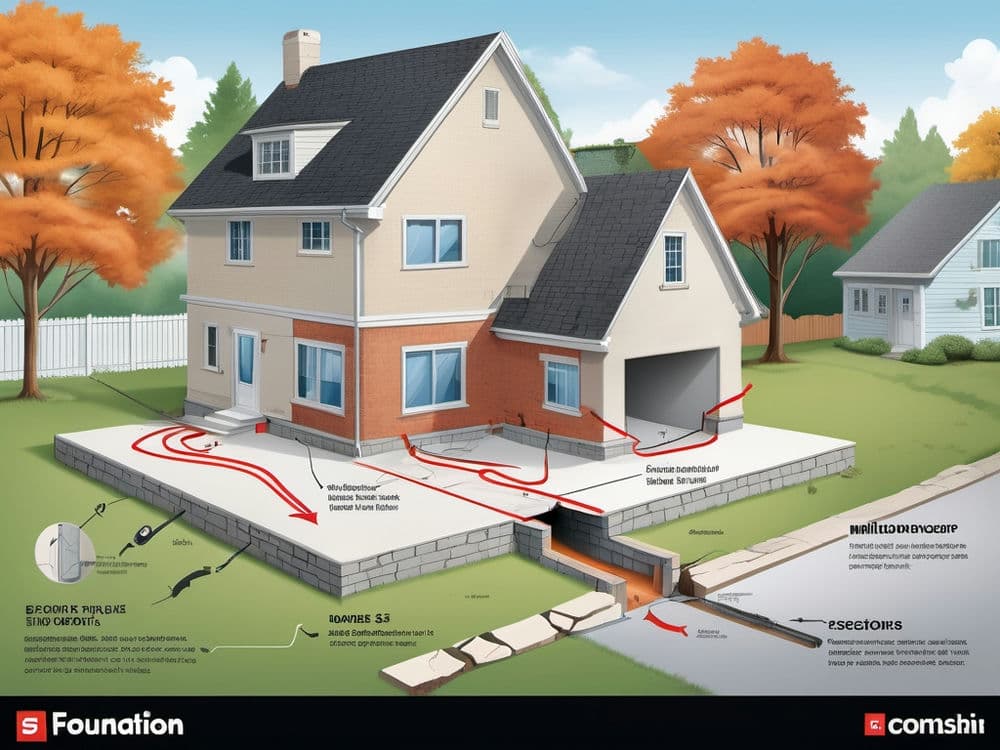

Helical pile installation marks an important shift in foundation engineering, providing an efficient and reliable solution for both commercial and residential structures. This technology, echoing the principles of geotechnical engineering, has transformed how we think about foundation stability, especially in soils with difficult conditions.
A helical design incorporates the mechanics of screw threads as well as helix geometry, making them perfect for penetrating different soil kinds. The components, constructed from strong materials like steel, demonstrate incredible tensile strength as well as durability. Their unique design helps to minimize ground disturbance, a feature that is particularly useful in environmentally sensitive areas.
One of the key elements of helical pile installation is to achieve the capacity of load you want to achieve. This is where the correlation between the installation torque and load capacity becomes essential. Contemporary torque indicator, like those from Chance Digital Torque Indicator, play a pivotal role in this process by providing precise measurements and eliminating the uncertainty that are associated with hydraulic pressure estimations.
The speed of operation during installation is crucial, usually ranges between 8 and 16 RPMs. This controlled speed ensures that the pile moves approximately three inches each revolution in accordance with the helical plates' pitch. If the pile doesn't advance according to plan, adjustments such as increasing downward thrust or adding larger plates for helicals are made to prevent spinning out like a screw stripping its threads.
Re+U's Backyard Shed Office Solves the WFH Space Crunch - CB CanadianBusiness.com
Posted by on 2021-10-04
A-frame supports make solar tracker installation feasible in difficult soil conditions Solar Power World
Posted by on 2021-08-02
Van Elle buys helical piling specialist Construction Index
Posted by on 2021-04-01
A firm foundation when the ground is shaky University of Nevada, Reno
Posted by on 2021-01-27
Heerema Marine Contractors Develops Concepts for Silent Foundations Society of Petroleum Engineers
Posted by on 2021-01-27
Riviera - News Content Hub - 'Silent foundations' secure statement of feasibility Riviera Maritime Media
Posted by on 2021-01-25
DNV GL Gives Nod for Heerema's Silent Offshore Installation Concepts Offshore Engineer
Posted by on 2021-01-21
The application of helical piles goes beyond new construction; they are also useful for restoration and renovation projects. Their low impact on installation makes them ideal to support existing structures by providing additional support with no need to do extensive digging or disruption of the building.
In conclusion, the shift to helical piles in the industry of construction a reflection of the necessity for more efficient and flexible as well as sustainable foundation solutions. Their rapid installation, their adaptability to a variety of soil types, sustainability, and their immediate load-bearing capacity make them an attractive choice for a wide range types of projects. While we continually develop and search for more efficient construction methods, helical piles make a statement as a technique that is not just able to meet current demands but also paves ways for the future advancements.

Helical piles, also referred by the name of screw piles are one type of foundation that is deep and consists from a shaft central and one or more blades that are shaped like helixes. This design allows them to be screwed into the ground, providing a secure and stable foundation for different types of structures. The origins of the helical piles are in the 19th century innovations of Irish engineer Alexander Mitchell, helical piles have evolved and are now in the forefront of contemporary foundation technology.
One of the standout features of helical piles is their ease and speed of installation. In contrast to traditional concrete foundations which require extensive excavation and curing times they are able to be installed quickly using hydraulic equipment. This not only accelerates the construction process, but reduces their impact on environmental. The less need for huge excavation areas makes them advantageous in urban settings or in environmentally sensitive zones in which the preservation of the natural landscape is paramount.
Alongside their main benefits, helical piles are also equipped with additional advantages that solidify their position in modern construction. They include:
These additional attributes, along with their main benefits, create the helical piles extremely flexible and effective foundation choice for a wide range in construction tasks.

Installation speed is among the main advantages of helical pilings. Unlike conventional foundations that require lengthy excavation and curing they are installed quickly typically within hours. This efficiency not only saves time but also reduces the cost of labor which makes the projects more affordable.
Another hidden strength of helical piles is their low environmental impact. Their process of installation is more secluded, which results in reduced soil disturbance. This is especially beneficial in sensitive ecological areas or urban settings where maintaining the integrity of the environment is essential.
Building on the foundational strengths of Helical piles Their use in construction projects brings several advantages. These can be outlined in the following manner:
These factors highlight the many benefits of using Helical piles in highlighting their role in enhancing efficiency, sustainability and cost-effectiveness of construction.
